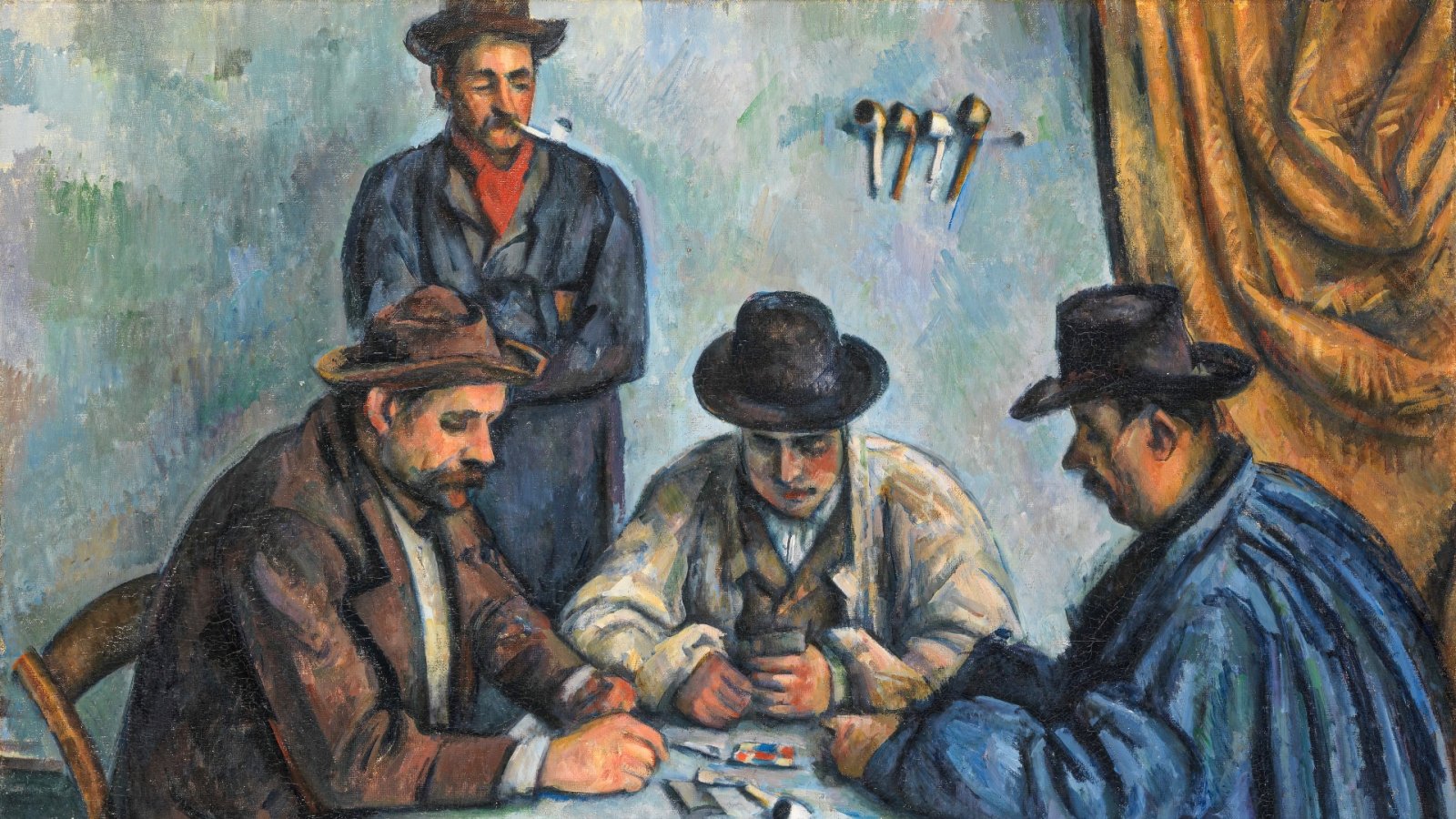During the mid-1880s, a group of Neo-impressionists began to gradually part from some of the canons of Impressionism. While both movements aimed to capture visual phenomena via painting and showed similar subjects, the artists led by George Seurat followed a more detailed and scientific method: what they did was they replaced the fluid and poetic brushstrokes of Impressionism with a new technique that involved applying tiny, individual dots or patches of pure, undiluted paint.
So, it wasn't long before this revolutionary creative style came to be known as Pointillism, which was rooted in the study of optics and embraced the latest theories about color. Key artists like George Seurat and Paul Signac were well-versed in the study of French chemist Michel Chevreul. Chevreul's book, "The Principles of Harmony and Contrast of Colours, and Their Applications to the Arts" (1855), suggested that juxtaposing colors could achieve the maximum luminosity possible. The Neo-Impressionist artists took this concept and translated it into a radical dot-by-dot technique on canvas. As a result, instead of physically mixing different tints on a palette, they opted to make colors interact through countless tiny dots. Moreover, when viewed from a distance, these dots blended to form unique and homogenous shapes, bringing a new dimension of vibrancy and depth to their artworks. Pointillism is often regarded as an art movement, as it revolutionized the quest for multiple colors.
However, at the heart of pointillist paintings lies the kingdom of science, particularly optics. Because these artworks were meticulously planned and executed, drawing inspiration from the latest and most innovative color theories of the time. Some artists later adopted a more intuitive approach, laying the groundwork for Fauvism. But who were these artists? Read on to discover some of the most popular painters of Pointillism!
Félix Fénéon
A pioneer of Neo-Impressionism and Pointillism
The credit for coining the terms 'Neo-Impressionism' and 'Pointillism' goes to Félix Fénéon, a prominent French art critic, editor, and dealer. He used the term 'peinture au point' to depict George Seurat's work, though Seurat himself preferred labels like 'Divisionism' or 'Chronoluminarism'. However, Fénéon's designations became widely adopted and recognized.
In 1890, Paul Signac portrayed Fénéon, who emerged as a relentless supporter and advocate of Neo-Impressionist artists and their distinctive dotted method. Thanks to Fénéon's persistent dedication and efforts, we now know these artists and their remarkable work as we do today. His influence and promotion were instrumental in shaping the Neo-Impressionist movement and making Pointillism a celebrated and influential artistic style.
Paul Signac
He was a Paris-based painter holding a prominent position alongside George Seurat as one of the most significant artists of the Neo-Impressionist movement. His voyage into the art world began with meetings at the avant-garde literary circles of Le Chat-Noir cabaret in Montmartre. Initially, an Impressionist, Signac's artistic path took a new direction after he met Seurat, leading him to fully embrace the pointillist style and make substantial contributions to its growth.
George-Pierre Seurat
A prominent figure in Neo-Impressionism and the pioneer of pointillism hailed from a privileged background and received training in several classic art schools. Originally, Seurat's encounters with Pointillism were in the realm of drawing, where he extensively used conté crayon before venturing into his renowned large canvases. The artist was mostly focused on 19th-century city life in France and serene natural landscapes, particularly coastal scenes. His paintings beautifully captured the essence of urban bustle and the serenity of nature, showcasing his exceptional talent and mastery of the pointillist method.
Pointillism, driven by the artistic vision of George Seurat and Paul Signac, attracted the affection of numerous artists who adopted this innovative technique. Among them were not only well-known artists like Camille Pissarro and his son Lucien but also the renowned Vincent van Gogh, who adopted Pointillism during his Paris period from 1886 to 1888. And did you know that other influential figures such as Kandinsky, Matisse, Mondrian, and Pablo Picasso also experimented with Pointillism early in their careers? By the late 1880s, a group of artists in Northern Italy, later known as the Italian Divisionists, were similarly drawn to painting techniques based on optics and color theories. Among the members were Giovanni Segantini, Giuseppe Pellizza da Volpedo, and Angelo Morbelli. Their works went beyond artistic exploration, intertwining philosophical, political, and mystical aspirations.






